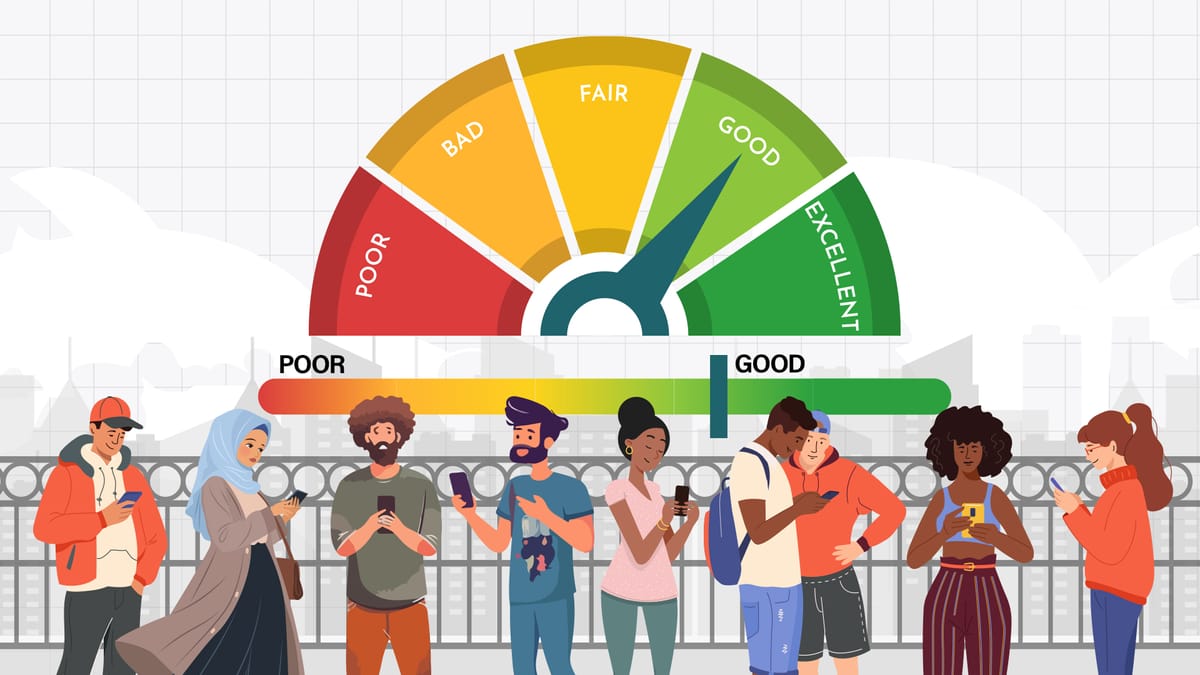The Immigrant’s Guide to Building Credit in the U.S.
Starting a new life in the United States can be exciting but also overwhelming, but don’t worry; building credit from scratch is possible—and we’re here to guide you every step of the way.

Starting a new life in the United States can be exciting but also overwhelming, especially when it comes to understanding the U.S. credit system. As an immigrant, you might not have a credit history that U.S. lenders can access, which could make getting loans, credit cards, or even renting an apartment more challenging. But don’t worry, building credit from scratch is possible—and we’re here to guide you every step of the way.
In this guide, we’ll walk you through the steps to establish a strong credit foundation in the U.S. and show how we can assist you in this important journey.
Step 1: Get Familiar with the U.S. Credit System
The first step to building credit in the U.S. is understanding how it works. Unlike some other countries, your creditworthiness here is largely determined by your credit score, a number between 300 and 850. Lenders use this score to decide whether to approve you for loans, credit cards, and other financial products. The higher your score, the better your chances.
Your credit score is influenced by several factors, including:
- Payment history: Whether you pay your bills on time.
- Credit utilization: How much of your available credit you use.
- Length of credit history: How long your accounts have been active.
- Types of credit: A mix of credit cards, loans, and other accounts.
- New credit inquiries: Applying for too much new credit at once can hurt your score
Step 2: Apply for an ITIN or SSN
To start building credit, you’ll need a way for U.S. credit bureaus to track your financial activity. This means applying for either a Social Security Number (SSN) or an Individual Taxpayer Identification Number (ITIN). Most immigrants will get an SSN, but if you’re not eligible, an ITIN can be used to apply for credit cards and loans.
Step 3: Open a U.S. Bank Account
Next, open a checking or savings account with a U.S. bank. While this won’t build your credit score directly, having a bank account shows financial stability and can help you qualify for other financial products that do affect your credit score, such as secured credit cards or personal loans.
Step 4: Apply for a Secured Credit Card
If you don’t have a credit history, qualifying for a regular credit card can be tough. Instead, consider starting with a secured credit card. With a secured card, you deposit money (usually $200-$500) as collateral, and that amount serves as your credit limit. By using this card responsibly and making on-time payments, you can start to build your credit history.
Step 5: Consider a Credit-Building Loan
Many banks and credit unions offer small loans designed specifically to help build credit. These loans work differently from traditional loans. Instead of giving you money upfront, the lender holds it in an account until you’ve paid off the loan. Once you’ve made all the payments, you’ll get the money, and your positive payment history will be reported to the credit bureaus.
Step 6: Pay Bills on Time, Every Time
One of the fastest ways to damage your credit score is by missing payments. Whether it’s your credit card bill, utilities, or rent, always pay your bills on time. Set up reminders or automatic payments if necessary.
Step 7: Keep Credit Utilization Low
Your credit utilization ratio — how much credit you’re using compared to your total available credit — is a key part of your credit score. Aim to use no more than 30% of your available credit at any given time. For example, if your credit limit is $1,000, try to keep your balance under $300.
Step 8: Monitor Your Credit Report Regularly
Once you’ve started building credit, it’s important to monitor your credit report to ensure everything is accurate. You’re entitled to one free credit report per year from each of the three major credit bureaus (Experian, Equifax, and TransUnion). Check for errors, fraudulent accounts, or other issues that could hurt your score.
Here’s How We Can Help
At Credit Veto, we specialize in guiding immigrants and newcomers through the complexities of the U.S. credit system. If you’re struggling with low credit or don’t know where to start, we offer personalized credit repair services designed to improve your score quickly and effectively. Our AI-powered software will analyze your credit report, dispute any inaccuracies, and provide tailored advice on how to build and maintain strong credit.
Whether you’re new to the U.S. or just looking to improve your financial standing, Credit Veto can help you achieve your goals. Contact us today to learn more about how we can support you on your credit-building journey!
By following these steps and working with trusted experts like Credit Veto, you can confidently navigate the U.S. credit system and build a strong financial future.
Click here to join our email list now.
Thanks for reading Credit Veto’s Substack! Subscribe for free to receive new posts.



Comments ()